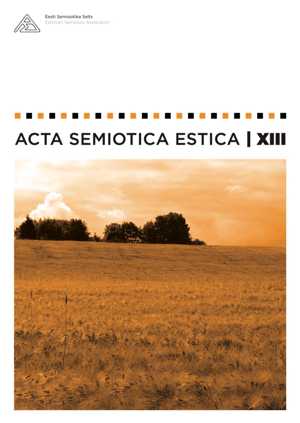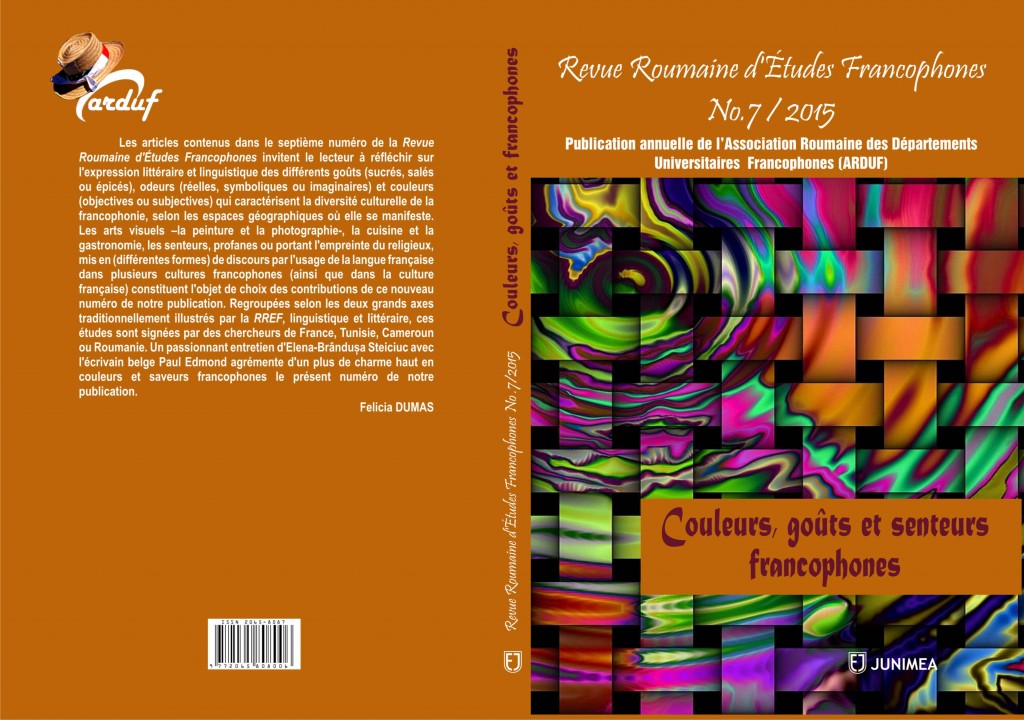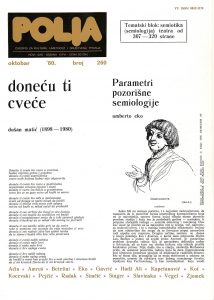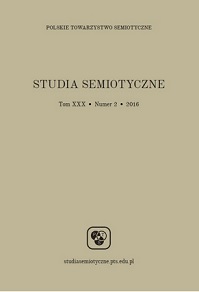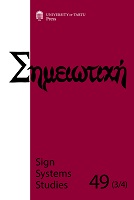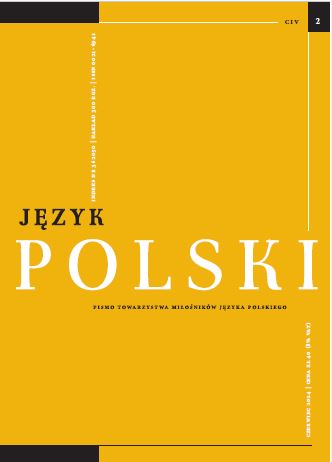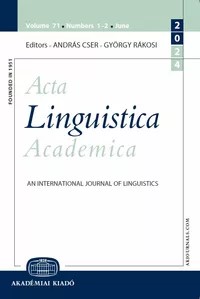Author(s): Natalia Karczewska / Language(s): Polish
Issue: 2/2016
W niniejszym artykule proponuję pewną klasyfikację wyrażeń ocennych. Uznaję, że podstawowym kryterium odróżnienia ich od wyrażeń deskryptywnych jest test bezbłędnej niezgody. Następnie omawiam kilka zjawisk, które mogłyby podawać w wątpliwość linię tego podziału: zależność kontekstową, nieostrość i używanie wyrażeń deskryptywnych do wyrażania sądów ocennych. Przytaczam propozycję Christophera Kennedy’ego (2016), zgodnie z którą przymiotniki stopniowalne mogą wyrażać dwa rodzaje subiektywności. Modyfikuję to stanowisko przez postulat wyróżnienia dodatkowego podrodzaju wyrażeń subiektywnych, które nie są ocenne (nazywam je doświadczeniowymi) i proponuję test językowy, który pozwala je identyfikować. W końcu sprawdzam, gdzie moja klasyfikacja umiejscawia predykat smaku „smaczny”. Sugeruję, że niesie on semantycznie zakodowaną pozytywną ocenę oraz warunek swojego użycia – tj. informację, że można go użyć do pozytywnego ocenienia smaku czegoś, co strukturalnie upodabnia go do terminów ocennych nietreściwych (ang. thin evaluative terms), nie mówi bowiem nic deskryptywnego. ===== In my paper, I propose a certain classification of evaluative expressions. I hypothesize that the basic criterion to distinguish between evaluative and descriptive terms is the faultless disagreement test. Next, I discuss a few kinds of phenomena which seem to render this distinction dubious: context-sensitivity, vagueness and using descriptive terms to express evaluative judgments. Further, I investigate Ch. Kennedy’s proposal (2016) according to which gradable adjectives can express two kinds of subjectivity (one being generated by vagueness and one stemming from evaluativity). I modify this account by postulating another sub-class of subjective adjectives (“experiential adjectives”) which are not subjective due to vagueness and which are not evaluative either as they do not necessarily encode any valence. I propose a linguistic test to identify these expressions. Finally, I check where my classification of adjectives places the predicate of personal taste “tasty”. I suggest that “tasty” is both evaluative and experiential and additionally, it carries a condition of its own use, that is the information that it can be used to positively assess the taste of something. This, I argue, makes it similar to thin evaluative terms as it carries no descriptive component at all.
More...


